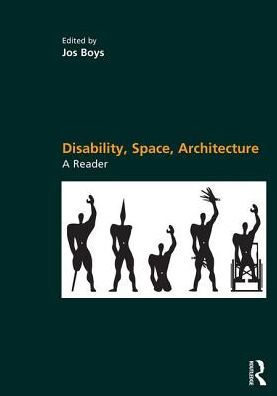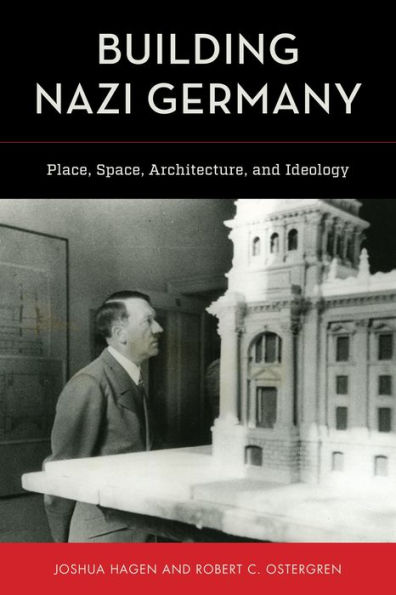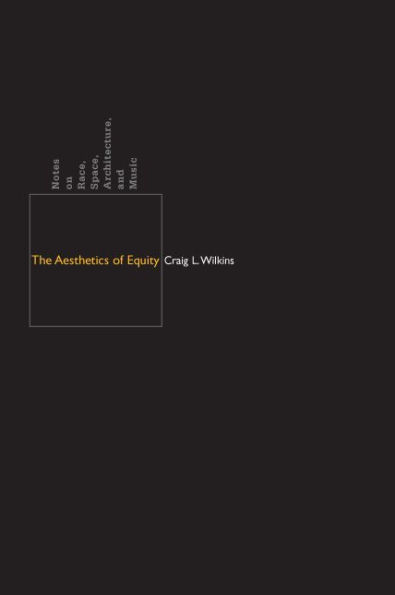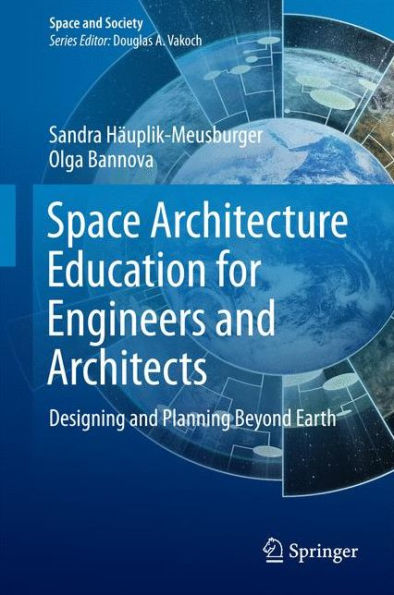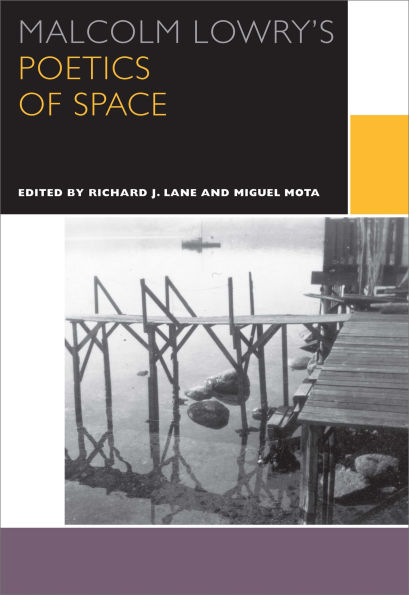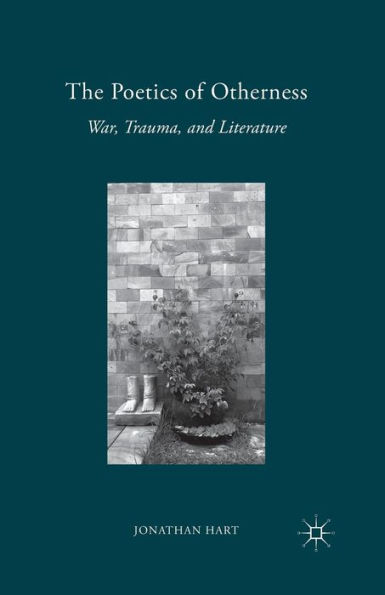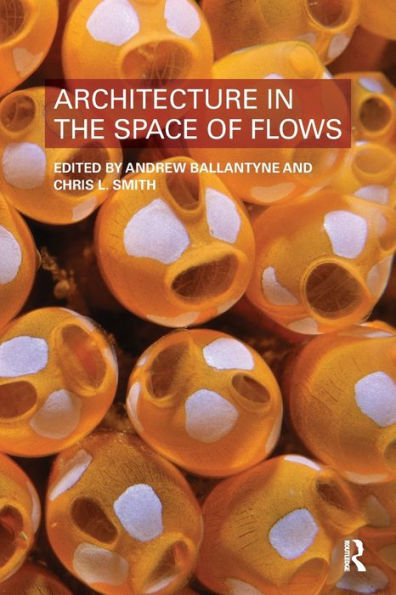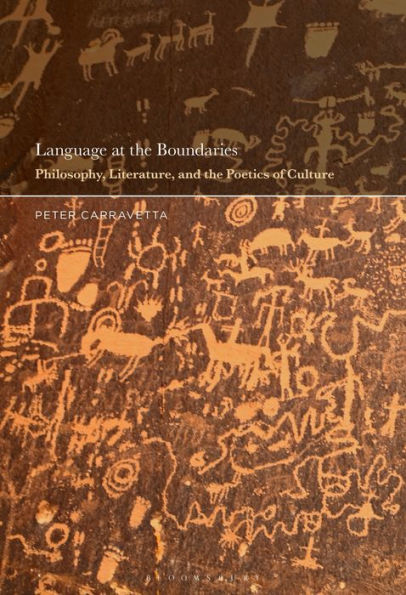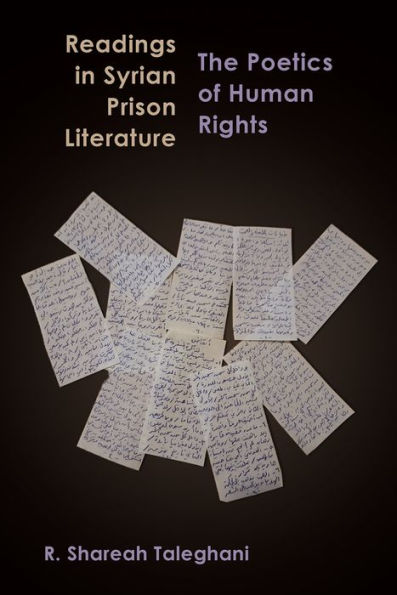Home
Poetics of Underground Space: Architecture, Literature, Cinema
Barnes and Noble
Poetics of Underground Space: Architecture, Literature, Cinema
Current price: $180.00
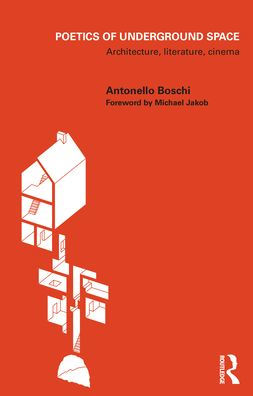

Barnes and Noble
Poetics of Underground Space: Architecture, Literature, Cinema
Current price: $180.00
Size: Hardcover
Loading Inventory...
*Product information may vary - to confirm product availability, pricing, shipping and return information please contact Barnes and Noble
This book investigates the relationship architecture has with the underground. It provides a broad ranging historical and theoretical survey of, and critical reflection on, ideas pertaining to the creation and occupation of underground space. It overturns the classic dictates of construction on the surface and through numerous examples explores recoveries of existing voids, excavations, caves, quarries, grottos and burrows.
The exploitation of land, especially in areas of particular value, has given rise to the need to reformulate the usual approach to building. If the development of urban sprawl, its infrastructure and its networks, generates increasingly compromised landscapes, what are the possible strategies to transform, expand and change the usual relationship between abuse of soil and unused subsoil?
Psychological, philosophical, literary and cinematographic legacies of underground architecture are mixed with the compositional, typological and constructive expedients, to produce a rich, diverse and compelling argument for these spaces. As such, the book will appeal to architecture students, scholars and academics as well as those with an interest in literary theory, cinema and cultural studies.
The exploitation of land, especially in areas of particular value, has given rise to the need to reformulate the usual approach to building. If the development of urban sprawl, its infrastructure and its networks, generates increasingly compromised landscapes, what are the possible strategies to transform, expand and change the usual relationship between abuse of soil and unused subsoil?
Psychological, philosophical, literary and cinematographic legacies of underground architecture are mixed with the compositional, typological and constructive expedients, to produce a rich, diverse and compelling argument for these spaces. As such, the book will appeal to architecture students, scholars and academics as well as those with an interest in literary theory, cinema and cultural studies.
